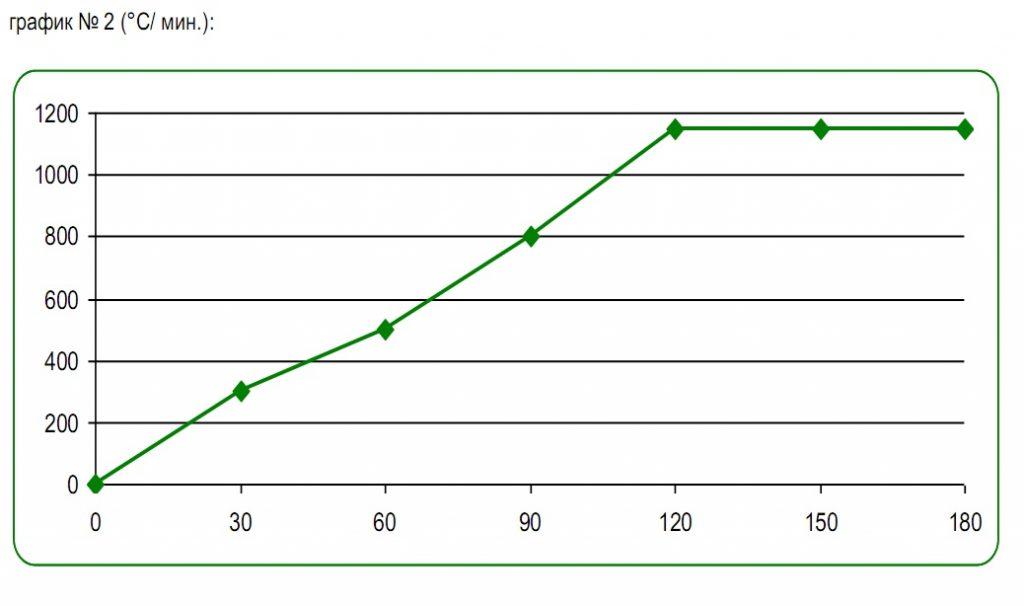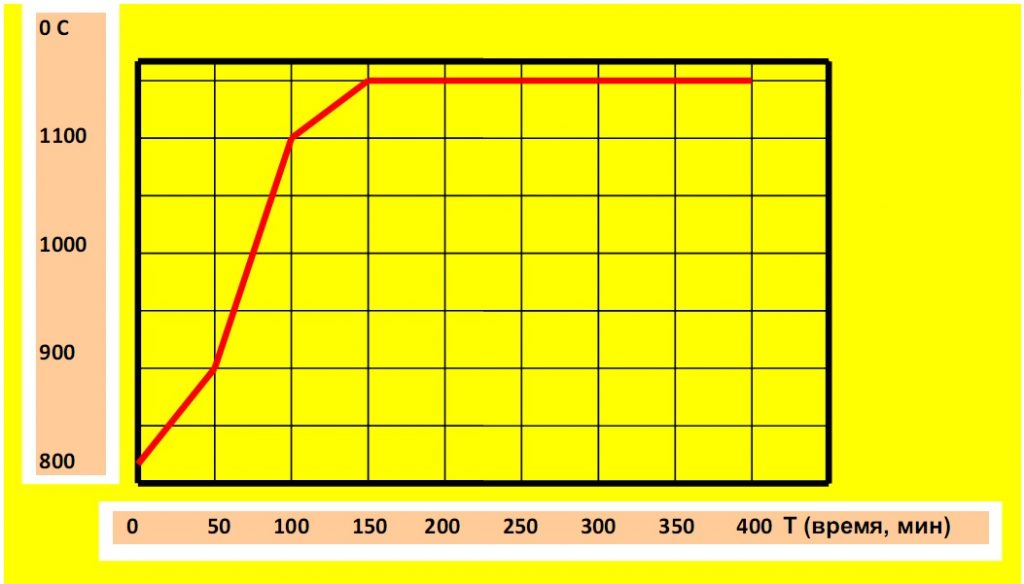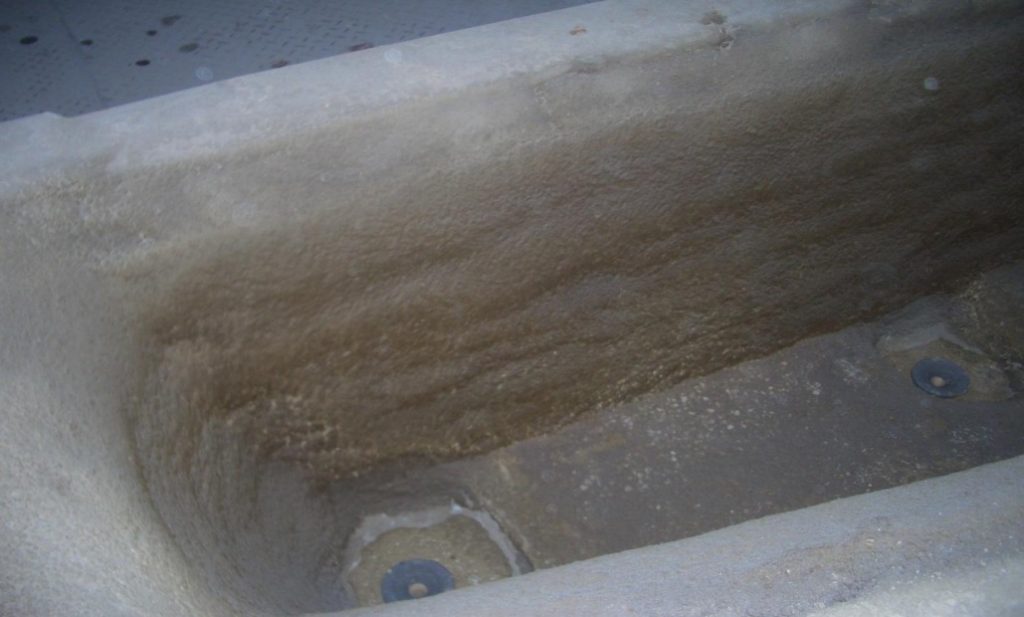wet shotcrete spray of pouring basin

The use of gunning mixes for lining the working layer of a tundish leads to a significant reduction in labor costs for preparing the ladle for casting.
JEMATUN shotcrete is applied wet. The application is carried out using special machines with water addition, or manually, on the heated working lining of the tundish, the temperature of the lining when applying the mass in summer is 80C, in winter – 90C. The mass is made from Jelšava clinker, with a precisely defined particle size distribution. The mixture has optimal porosity.
On the basis of laboratory studies and tests, chemical bonds of mineral and organic origin were determined, providing high service properties necessary for the stage of preparation of the mass and application, a problem-free process of drying and hardening of the insulating layer and for the stage of continuous casting of steel itself. At the same time, high thermal insulation qualities of the working layer are provided.

The types of shotcrete masses are constantly being improved, taking into account the specific conditions of the technological process of a metallurgical enterprise. First of all, we are talking about the possibility of applying shotcrete mass to cold or warm (preheated) working lining and the possibility of applying it to different types of working lining.
A significant reserve for reducing the cost of steel production is maximizing the temporary use of the working lining.
All shotcrete masses are characterized by the following indicators:
-good adhesive qualities;
-continuous application without clogging the mouthpiece or hose of the gunning machine;
– evaporation of water proceeds calmly during the periods of drying and heating;
-high thermal insulation properties;
– stability and stability of the mass in the tense zones of the tundish;
-problem-free separation of the layer of shotcrete mass from the lining after the end of casting and cooling.
Reliable application of the mass occurs at a temperature of the reinforcing layer of 80-90 0 С, while providing good adhesion, unhindered moisture removal.
The optimum moisture content of the sprayed mass determines its consumption, the porosity of the applied layer, the time required for application and hardening, as well as drying the tundish.
Based on the experience of using the masses, we propose to apply the JEMATUN-type shotcrete mass multilayer, while ensuring:
– accelerated drying of the applied layers;
– calm and uniform evaporation of mixed water;
– the formation of a qualitative connection between the components of the mass along the thickness of the fill;
– sufficient intercoat adhesion;
– strength and isotropy of the applied layers;
– uniformity and economy of application.


RECOMMENDED APPLICATION OF SHOTCRETE-MASS LAYERS

The type of mass used and the thickness of the sling depend on the specific operating conditions in the plant. Options are discussed with the customer.
The separation of the sprayed mass from the main lining occurs due to different coefficients of thermal expansion of the sprayed layer and reinforcement lining. Therefore, the materials do not sinter and the working throw-on layer after casting and cooling, for the most part, is easily detached.
With a three-layer application of the composition – in the first contact layer with steel, the greatest sintering takes place, in the second – the sintering process develops less intensively and in the third with an even larger residue of unsintered mass.
DRYING AND HEATING OF THE SHOTCRETE LAYERS
One of the most important conditions for the rational preparation of the tundish before casting, including the achievement of the required number of casts, is the implementation of high-quality drying and hardening of the applied working shotcrete layer.
recommended drying curve

After application and a short exposure, the sprayed layer is dried for at least 4 hours for preliminary hardening. The drying schedule is as follows:
– free drying (ambient temperature) = at least 2 hours
– PC drying according to the proposed schedule (No. 1) – exposure at a temperature of 400 ° C for at least 60 minutes in summer and 90 minutes in winter
Recommended heating curve before pouring





